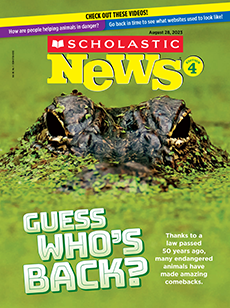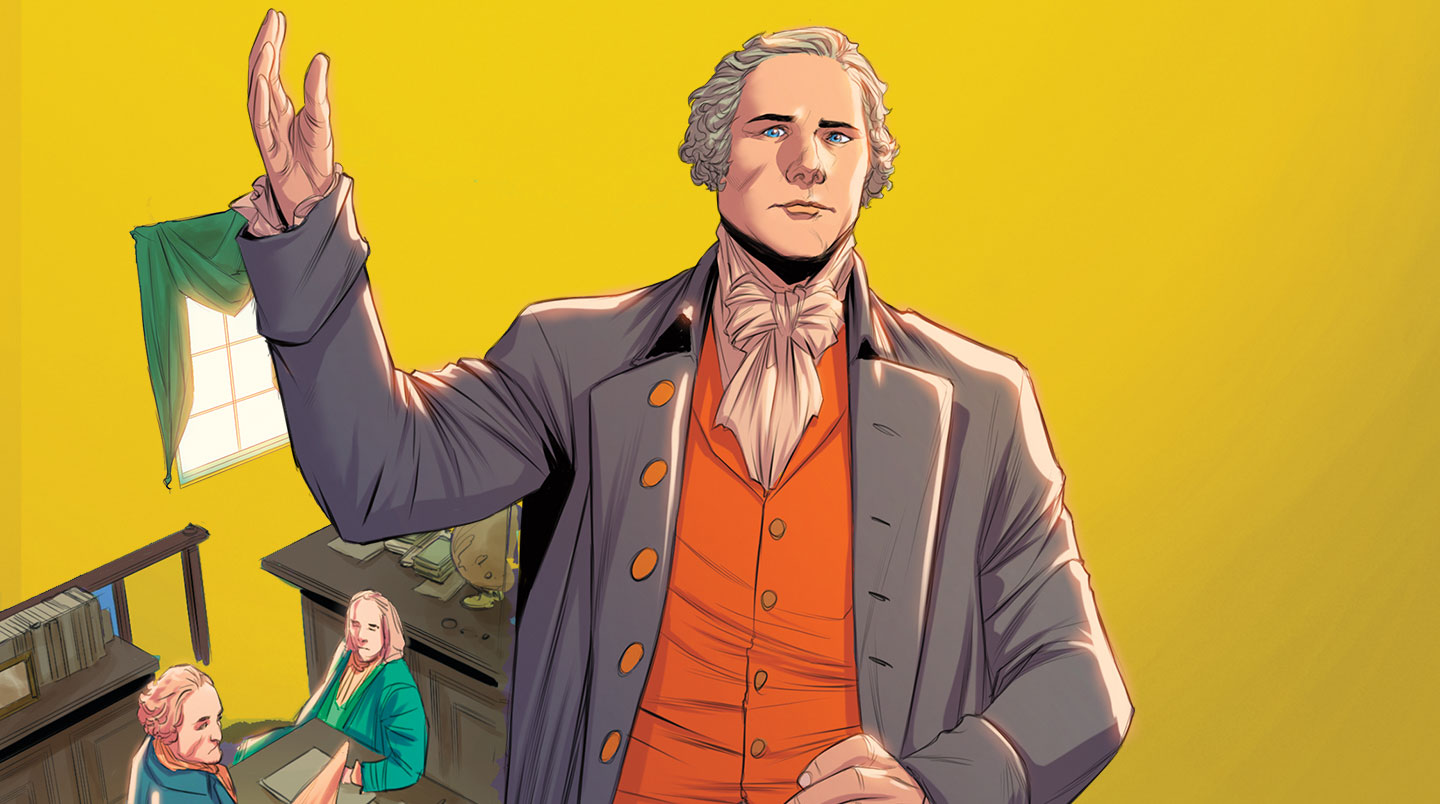It’s 1787 and a group of men is gathered in a hot room in Philadelphia, Pennsylvania. They wear layers of heavy clothing and itchy wigs. The windows are shut to keep people from listening in. These men are creating the nation’s most important document— the U.S. Constitution.
The men all have strong opinions, but one is so impassioned that he speaks for six hours straight. Alexander Hamilton was determined to use his words to help shape our nation. It wasn’t the first time and it wouldn’t be the last.

